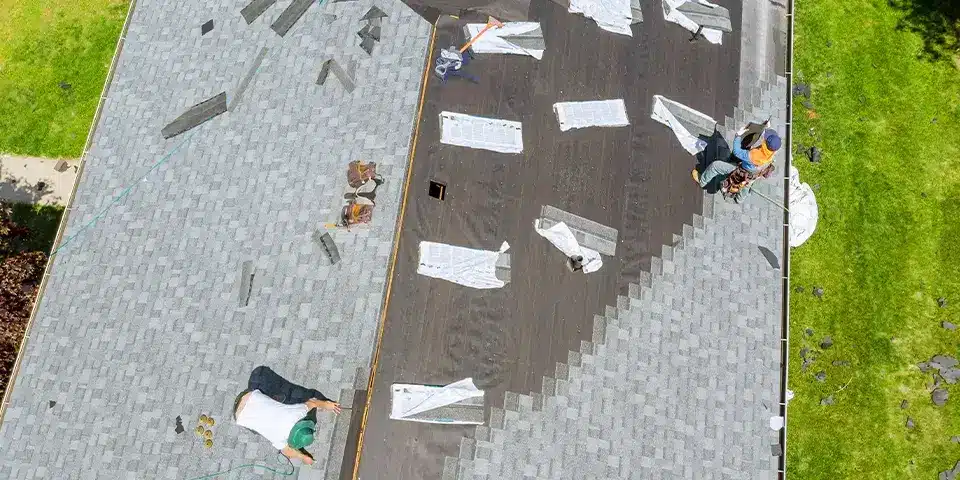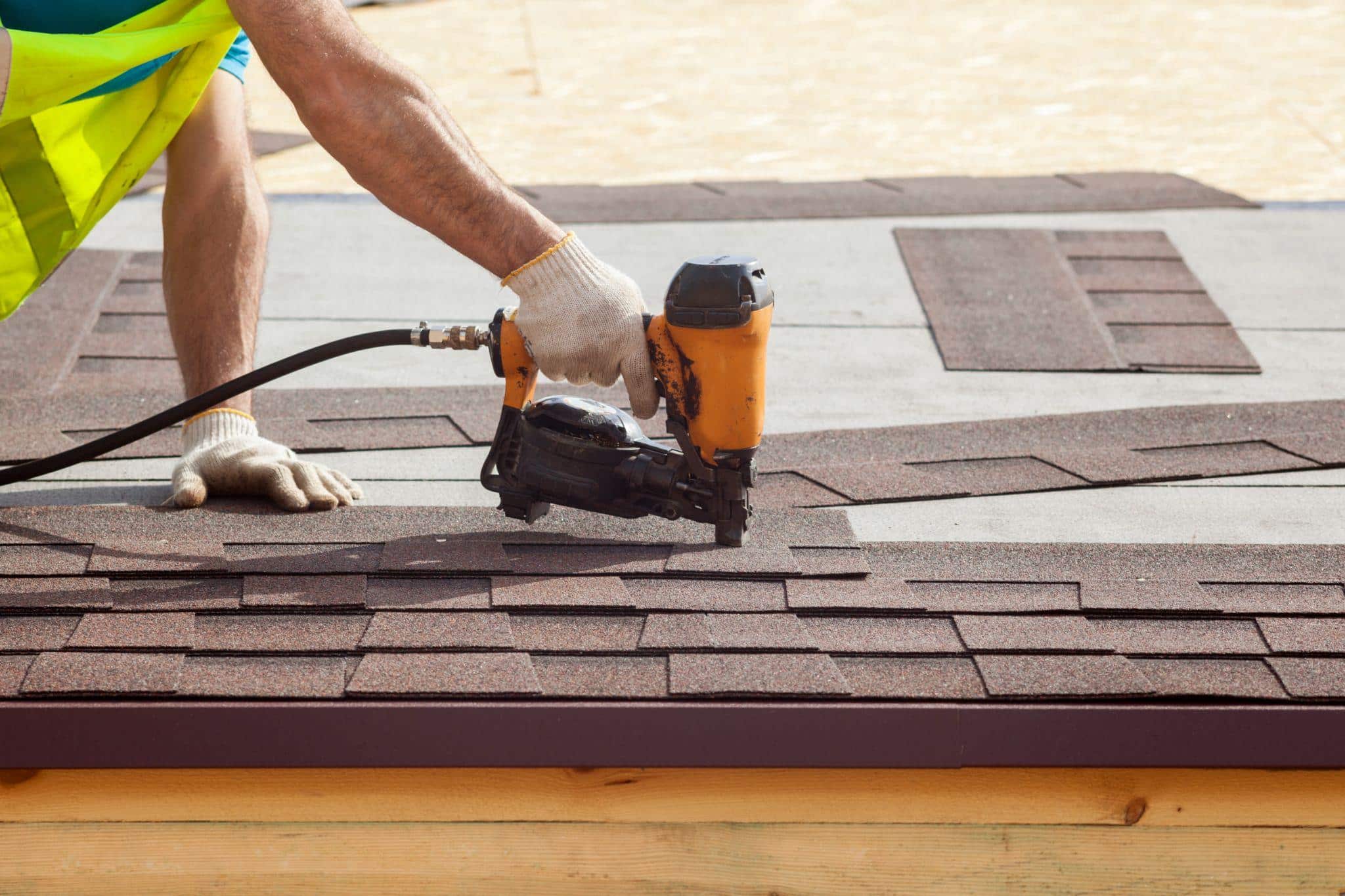
5 Reasons Why Fall Is The Perfect Season To Replace Your Roof
September 14, 2022
How Long Does A Roof Last? The Lifespan Of Different Roof Types.
October 20, 2022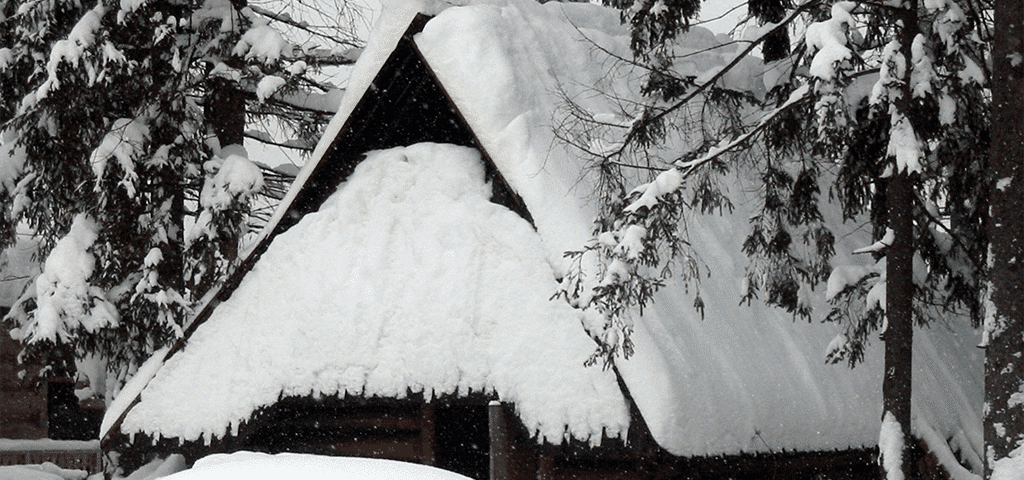
As peaceful as it is, sitting in your living room watching the snow drift, the winter wonderland can bring a hazard to your roof. It is never a good idea to wait until the spring to address issues snow and ice may have caused. Listed below are __ ways that snow can cause roof damage, along with a few methods to prevent it
Ice Dam Formation
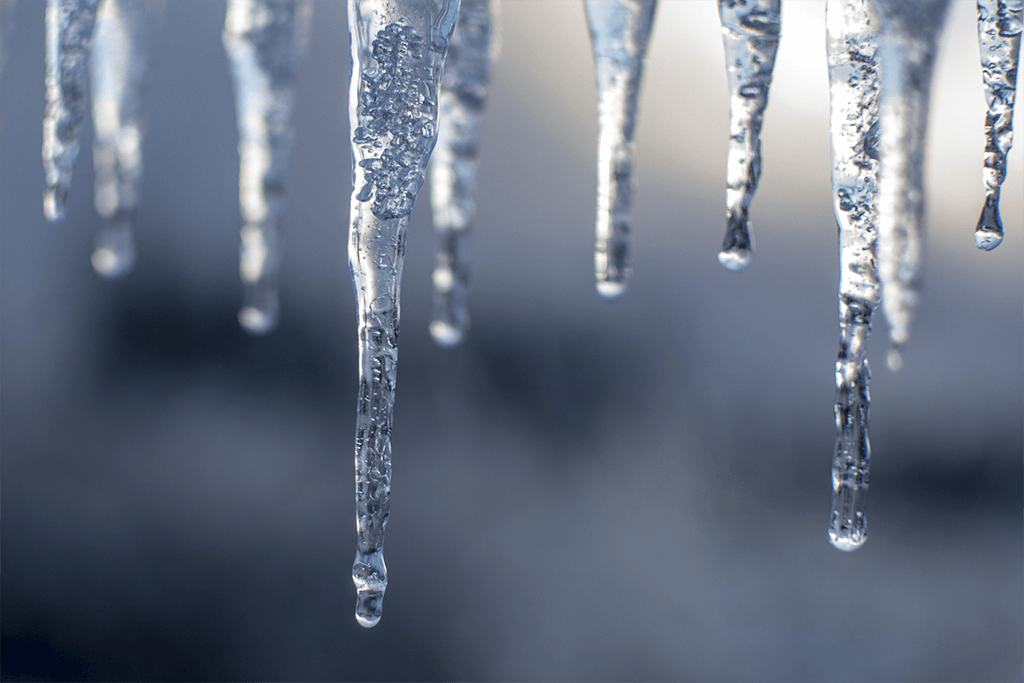
Problem: When you heat your home in the wintertime, you also melt the snow on your roof. The heat carried through the shingles turns the snow into liquid. The water then trails down your roof to where the temperatures are cold. Once it reaches the edge, it refreezes, turning into ice. The ice then grows thick enough to damage your gutters, work its way under your shingles and leak into your home.
Prevention: If your attic is warm, it will heat up the center of your roof, melting the snow towards the eaves. You can prevent these ice dams by simply ventilating or insulating your attic! You can also attach a heated cable to the edge of your roof to prevent the melted snow from refreezing. The icicles can also be controlled by ensuring your gutters are clean in the fall season. You can manually remove the ice dams using a rake or a long tool. Be sure to always check your roof for ice dam build-up.
Roof Collapse
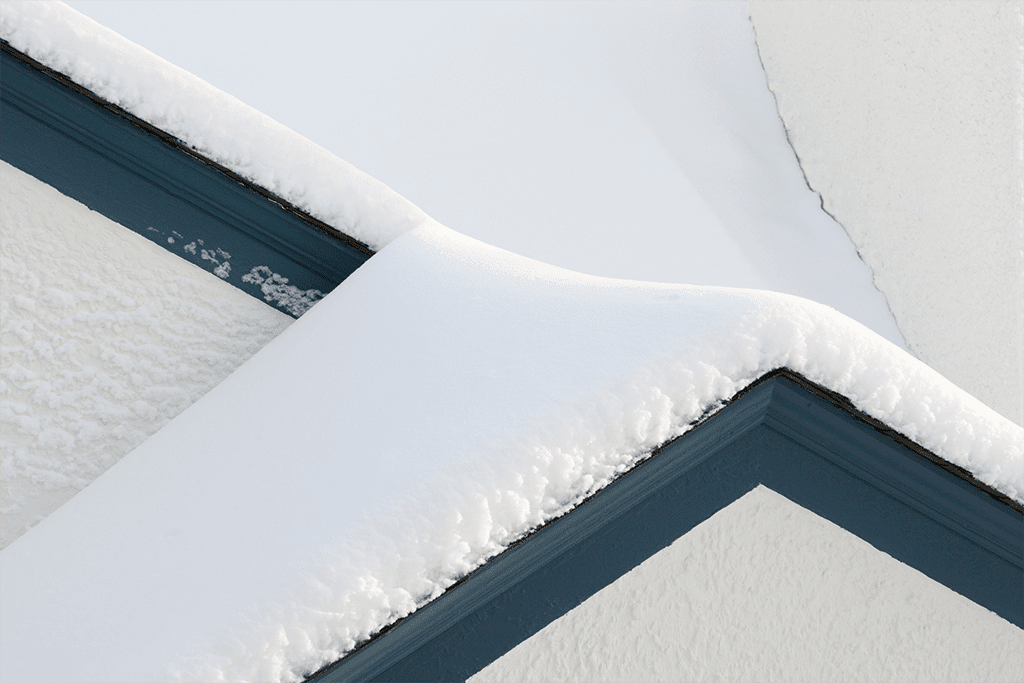
Prevention: Roof damage is expensive, and it’s best to prevent the issue before it occurs. Having your roof checked in the fall can ensure that it is in good shape to handle whatever weather the winter brings. Spotting damage, leaks, and structural problems early could save your home. You can also invest in a roof rake; using a long poll, you can slide the overloading snow onto the ground. Ensure you always keep an eye on your roof through the heavy snowfalls to check that no damage is being caused.
Flooding

Prevention: To avoid this issue, you need to ensure you have good drainage and seal all of the foundation cracks. Your gutters should be positioned, so the melting snow flows away from home and towards the street drains. Shoveling snow away from the house can reduce the risk of flooding. Ensuring there are no problems with the foundation can reduce the risk of leaks and floods. It’s best to take preventive measures before the cold arrives.
Taking the time to care for your roof before and during the cold season is essential to protect the investment in your home by preventing roof damage. Caring for your roof can delay the need for a new roof, avoiding costly leaks and minimizing roof repairs. Having your roof inspected before the winter can save your home many issues and ensure your structure is ready for the winter. Pitch Masters offers comprehensive roof services; visit their website to learn more! yes


